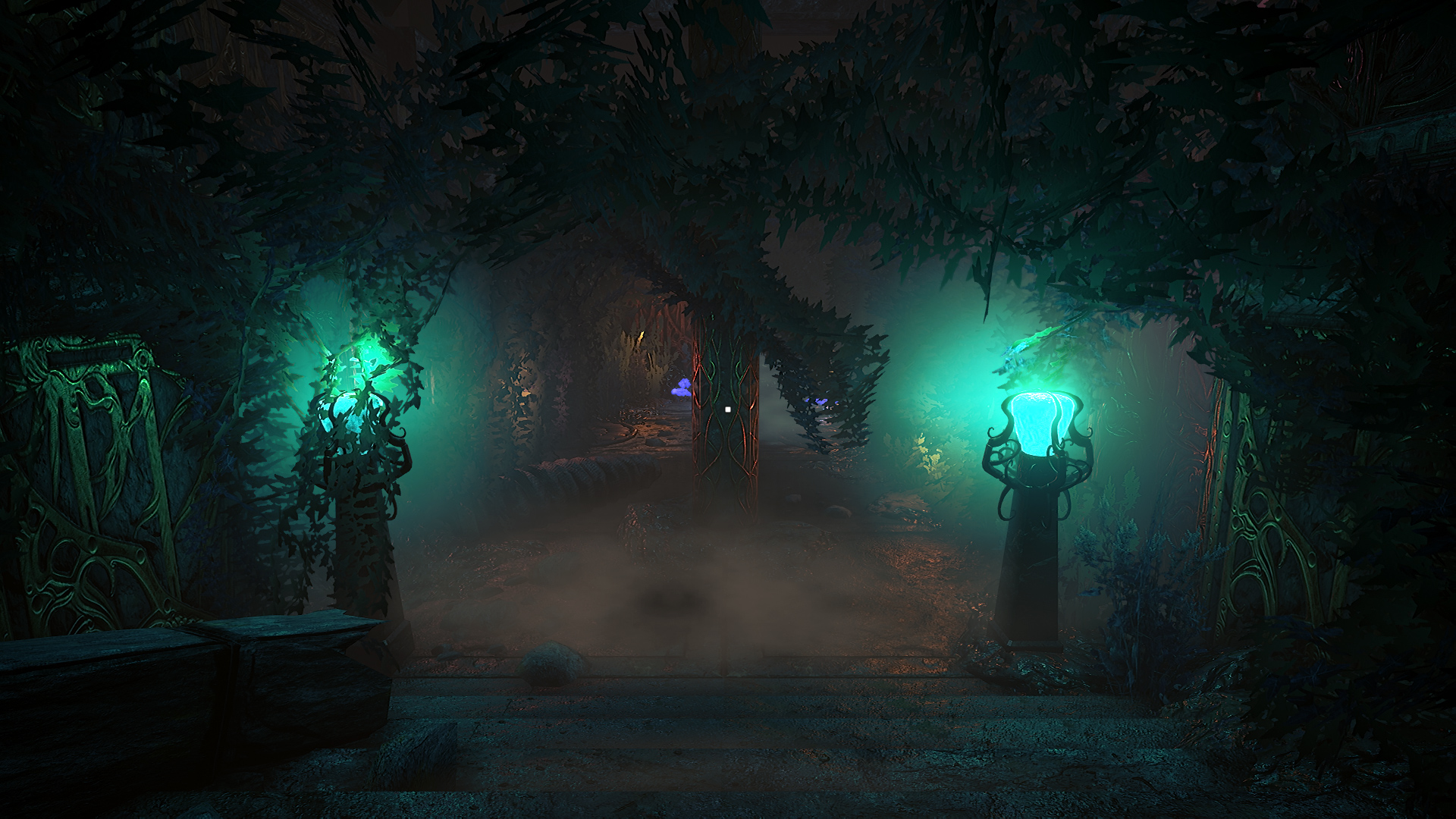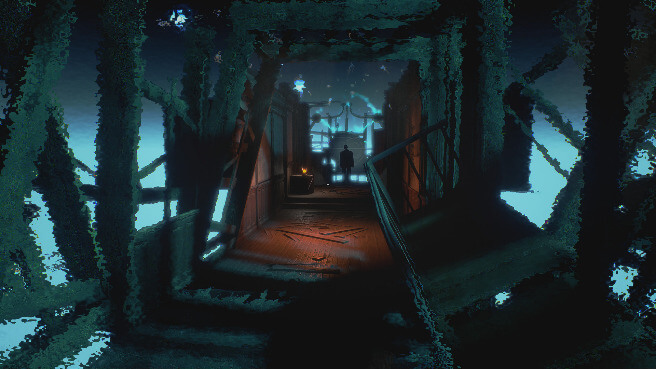


Gilman turns out to be at Upuaut base in Antarctica. The opening cutscene sets the tone, with a dream-like sequence set underwater, after which protagonist Frank Gilman finds himself waking up in the presence of a mysterious device. Reading the novella before you start playing Conarium isn’t required but it does provide you with a better understanding of the events that unfold during your playthrough. The game’s story isn’t just inspired by Lovecraft’s writings but acts as a sequel of sorts to the 1931 novella At the Mountains of Madness. True to the spirit of Lovecraft, the game’s ending -which we won’t spoil, for obvious reasons- is drenched in mystery and there is a good chance you’ll be even more confused after completing Conarium than you were at the start of the game. With the promise of a deep and suspense-filled Lovecraftian story filled with easter eggs and multiple endings, developer Zoetrope Interactive certainly has set a high bar, but does Conarium deliver? The latest addition to the lineup is Conarium, a port of a 2017 PC game. Lovecraft have plenty of choices when it comes to video games on the Switch. But if you want a strong story or Lovecraftian horror, Conarium does little reach its potential and you’d be better off looking elsewhere.As we mentioned in our review for The Innsmouth Case, fans of esteemed horror author H.P. If you’re a fan of walking simulators for the sake of exploration and not narrative, you’re in good hands. To its credit, Conarium delivers on its promise as the endgame approaches and Gilman starts to uncover the secrets of the new world around him, but it comes a bit too late to save the game. But in the absence of a stalker, the repetitive sounds are ultimately reduced to exactly what they are, just noise.Ĭonarium is fairly short with the whole story coming to a close within about five hours, though I’ve heard others say it took them less.

Scurrying in ventilation systems and loose pebbles kicked off cliffs splashes in the water and whispers in the air keep players looking over their shoulder expecting to see something. Each of these have unique atmospheric tracks and sound effects that immerse the player. Gilman’s journey is long, labyrinthine, and arduous as it takes him through a number of environments including the research facility, mountain tops, subbasements and ancient cavernous temples. As Gilman dives deeper into the mysteries around him he encounters statues of Dagon towering over flooded trenches, powerful crystal fueled lights designed to signal things from the unknown, and ancient artifacts madness inducing artifacts clung to be rigor mortis riddled corpses. Large set pieces and ancient beings steal the show. Thankfully it’s not too dry and all of the proper inflections are in the right places, but it does lack a level of emotion that’s to be expected of a horror scenario. It’s not bad, but the final recording sounds more like an early reading with a good cast as opposed to a performance from voice over artists familiar with the script. With the exception of the aforementioned automaton, the voice work just isn’t that engaging. Likewise, walking simulators that utilize audio recordings or NPCs are dependent on the quality of the performance as a tool to keep players engaged and unfortunately Conarium just isn’t there. The why behind the plotline leaves a lot to be desired and Lovecraftian whispers and madness can’t be the only plot device. Odd things happen around Frank yet he continues to blindly follow dark creatures even deeper into the depths. Because this horrifying automaton, complete with a third eye, has quite the intellectual conversation with Gilman shortly before it claims to be Gilman himself.


 0 kommentar(er)
0 kommentar(er)
